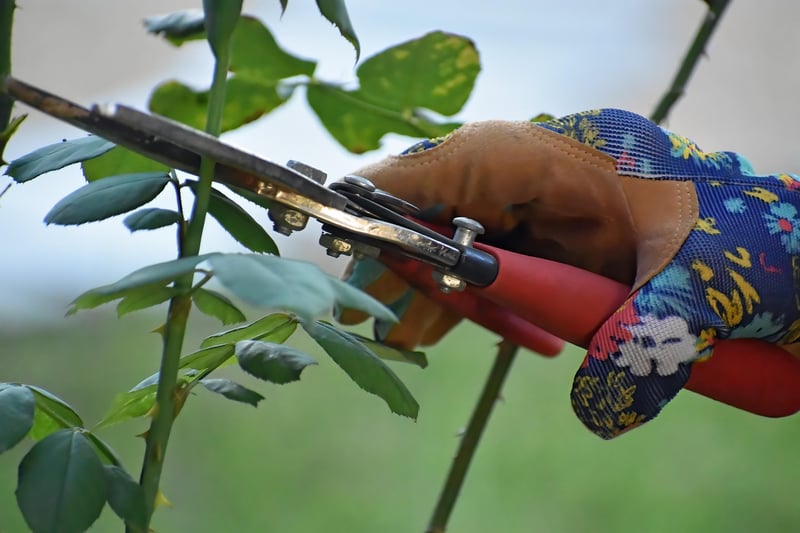Pruning techniques
Maintaining Healthy Plants: Essential Pruning Techniques
Keeping your plants healthy and thriving requires proper care and attention. One crucial aspect of plant maintenance is pruning. Pruning helps promote growth, improve airflow, and enhance the overall appearance of your plants. Here are some essential pruning techniques to help you keep your plants in top condition.
1. Understand the Basics
Before you start pruning, it's essential to understand the basics. Identify the type of plant you have and research the best pruning practices for that specific species. Different plants require different pruning techniques, so make sure you are familiar with the needs of your plants.
2. Use the Right Tools
Having the right tools is crucial for successful pruning. Invest in high-quality pruning shears, loppers, and saws to ensure clean cuts and minimize damage to your plants. Make sure your tools are sharp and well-maintained for effective pruning.
3. Remove Dead or Diseased Branches
Dead or diseased branches can hinder the growth of your plants and spread infections. Regularly inspect your plants and remove any dead or diseased branches to promote overall plant health. Cut these branches back to the healthy tissue using sharp, clean tools.
4. Prune for Shape and Size
Pruning can help control the size and shape of your plants. Trim back overgrown branches to maintain a balanced shape and prevent overcrowding. Remember to prune strategically to encourage new growth and flowering.
5. Timing is Key
Timing is crucial when it comes to pruning. Most plants benefit from pruning during their dormant season, usually in late winter or early spring. Avoid pruning during periods of active growth, as this can stress the plants and affect their overall health.
6. Practice Proper Technique
When pruning, make clean cuts at a slight angle above a bud or lateral branch. Avoid leaving stubs or ragged edges, as these can invite pests and diseases. Take your time and prune with precision to ensure the best results for your plants.
By following these essential pruning techniques, you can help maintain healthy plants and promote optimal growth in your garden. Remember to research specific pruning requirements for each plant species and tailor your pruning practices accordingly.

Pruning is a rewarding activity that not only benefits your plants but also enhances the beauty of your garden. With the right tools and knowledge, you can become proficient in pruning and enjoy flourishing, healthy plants all year round.
Happy pruning!
